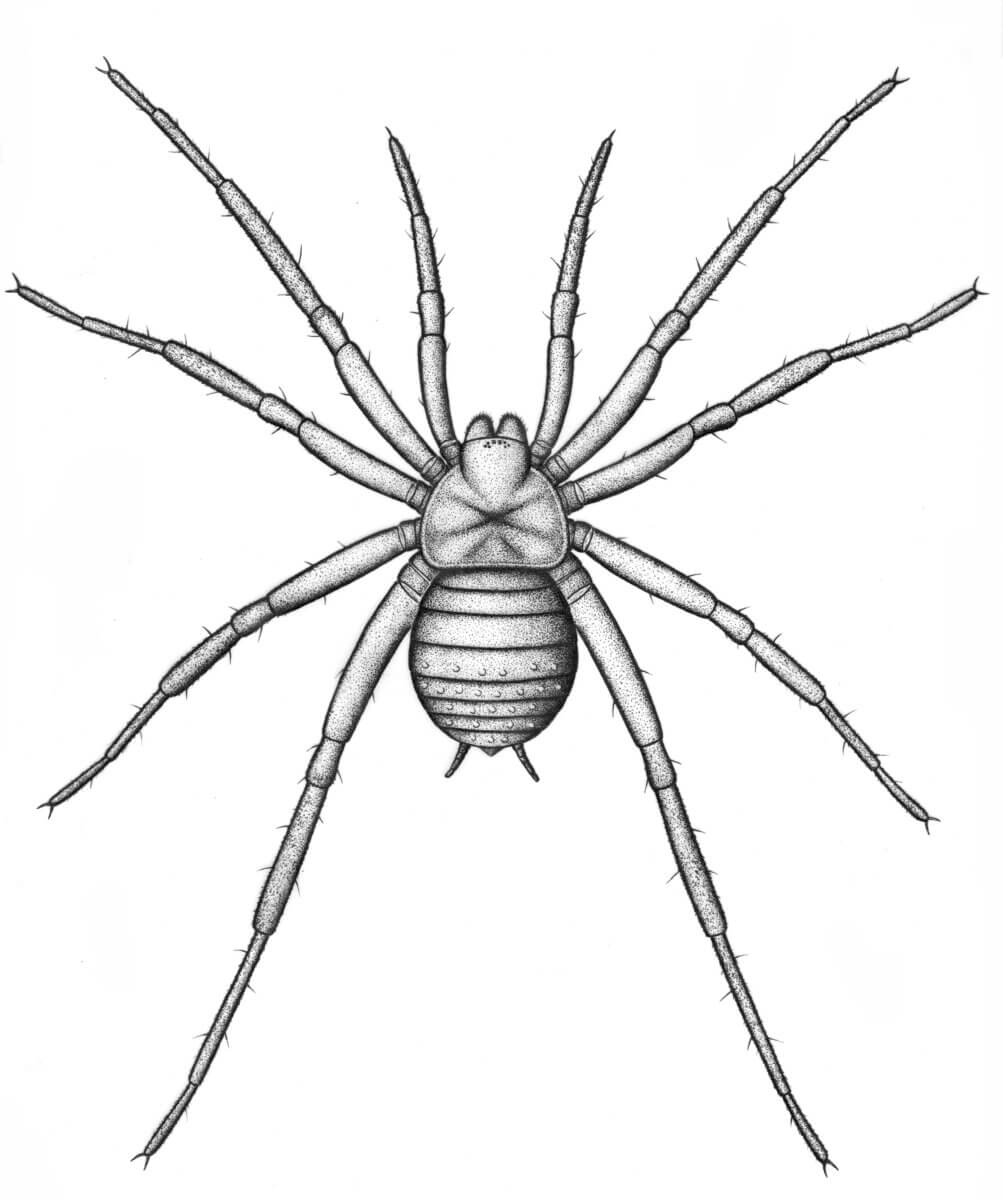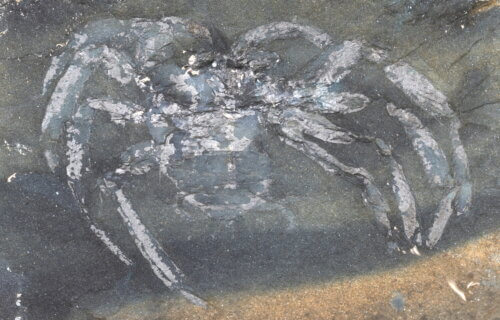BERLIN, Germany — It’s a sight that could cause fear in many, thankfully this fossilized spider lived 310 million years ago. Researchers in Germany have unearthed an ancient creepy crawler, which they say is the oldest spider ever found in the country.
Named Arthrolycosa wolterbeeki, the spider discovery comes from the Piesberg quarry near Osnabruck in Lower Saxony.
“This spider is between 310 and 315 million years old and was named after its discoverer, Tim Wolterbeek, who kindly donated the fossil to the Berlin Museum for study,” says Dr. Jason Dunlop, according to a statement from SWNS.
“This spider probably had a body length of about a centimeter and a leg span of about 4 cm. It is preserved well enough to show details of the silk-producing spinnerets and even hairs and claws on the legs.”

Spiders are one of nature’s great success stories, with more than 51,000 species described worldwide so far and about a thousand of them living in Germany. This is the first Palaeozoic spider from Germany, the next oldest comes from the Mesozoic era — which includes the Triassic, Jurassic, and Cretaceous Periods.
Although spiders are widespread and abundant today, more than 300 million years ago, they do not appear to have been especially common. The present study notes that modern mesothele spiders spend most of their lives in a burrow surrounded by silk threads that act as “tripwires.”

“If fossils like Arthrolycosa wolterbeeki had a similar lifestyle they may only occasionally have ventured out and would rarely have fallen into water where they could be preserved as fossils,” according to Dunlop, from the Museum für Naturkunde Berlin, who published the discovery in the international journal Paläontologische Zeitschrift.
“At the same time the major evolutionary radiation of spiders into the modern groups probably only started later in the Mesozoic, perhaps alongside radiations of insects, when spiders started building different types of webs to catch increasing number of flying insects from the air.”
Spiders of this age are still extremely rare, the study adds. Only 12 Carboniferous species worldwide can be confidently identified as spiders, with previous examples coming from France, the Czech Republic, Poland, and the United States.
South West News Service writer Dean Murray contributed to this report.
You might also be interested in:
- Mamma Mia! Meet the new spider species named after pop band ABBA
- ‘Spider mom’ from 99 million years ago found beautifully preserved with egg sac in amber
- Billion-year-old fossil sheds light on origin of animals, scientists say

